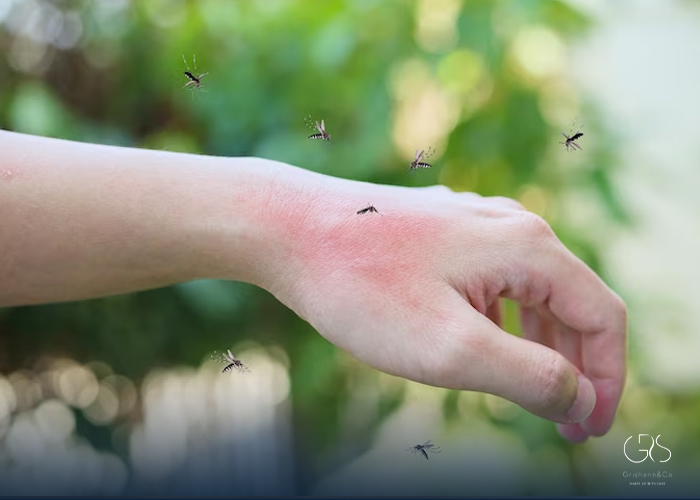Dust mites are microscopic creatures that thrive in our homes and bedding, often causing a wide range of allergies and respiratory issues. Despite their small size, these tiny creatures can have a significant impact on our health and wellbeing. In this comprehensive article, we will delve into the world of dust mites allergies, examining their causes, symptoms, and effective strategies to combat them.
Understanding Dust Mites:
Dust mites are tiny arachnids that live in dust particles, particularly in areas with high humidity and warmth. These microscopic creatures consume dead skin cells, making our homes and bedding an ideal environment for their proliferation. Dust mites can be found in almost every corner of our homes, including mattresses, pillows, carpets, and upholstered furniture.
Statistics on Dust Mite Allergies:
- According to the American College of Allergy, Asthma & Immunology, approximately 20 million Americans are allergic to dust mites.
- Dust mite allergies are one of the leading causes of asthma and allergic rhinitis2.
- Dust mite infestations are more prevalent in humid regions, with up to 85% of homes having detectable levels of dust mite allergens.
Symptoms of Dust Mite Allergies:
When individuals with dust mite allergies come into contact with dust mite allergens, they may experience various symptoms, including:
- Sneezing
- Runny or stuffy nose
- Itchy, watery eyes
- Shortness of breath
- Coughing and wheezing

Diverse Perspectives on Dust Mite Allergies:
While dust mite allergies are a common concern, it is essential to consider diverse perspectives on this issue. Some experts suggest that early exposure to dust mites can actually strengthen the immune system and reduce the risk of allergies later in life. However, many others argue that reducing exposure to dust mite allergens is crucial for managing allergy symptoms and maintaining good respiratory health.
Controlling Dust Mite Allergens:
1.Encase mattresses and pillows in allergen-proof covers to prevent dust mites from finding a hospitable environment.

2.Wash bedding regularly in hot water, preferably above 130°F (54°C), to kill dust mites.

3.Vacuum carpets, rugs, and upholstery frequently using a vacuum cleaner equipped with a HEPA filter.
4.Reduce indoor humidity levels to below 50% to discourage dust mite infestations.
Conclusion:
Dust mite allergies can have a significant impact on our health and quality of life. With the right knowledge and strategies, however, we can effectively minimize exposure to dust mite allergens and alleviate allergy symptoms. By understanding the diverse perspectives surrounding dust mite allergies and implementing the suggested control measures, we can create a healthier and more comfortable living environment for ourselves and our loved ones.
Sources
- Dust Mite Allergy, American College of Allergy, Asthma & Immunology
- National Institute of Environmental Health Sciences, Dust Mites
- University of Nebraska-Lincoln, Extension, Allergen Reducing Gardens
- Mayo Clinic, Dust Mite Allergy
- Asthma and Allergy Foundation of America, Dust Mite Allergy
- Environmental Protection Agency, A Guide to Indoor Air Quality
- American Lung Association, Bedroom and Closet










